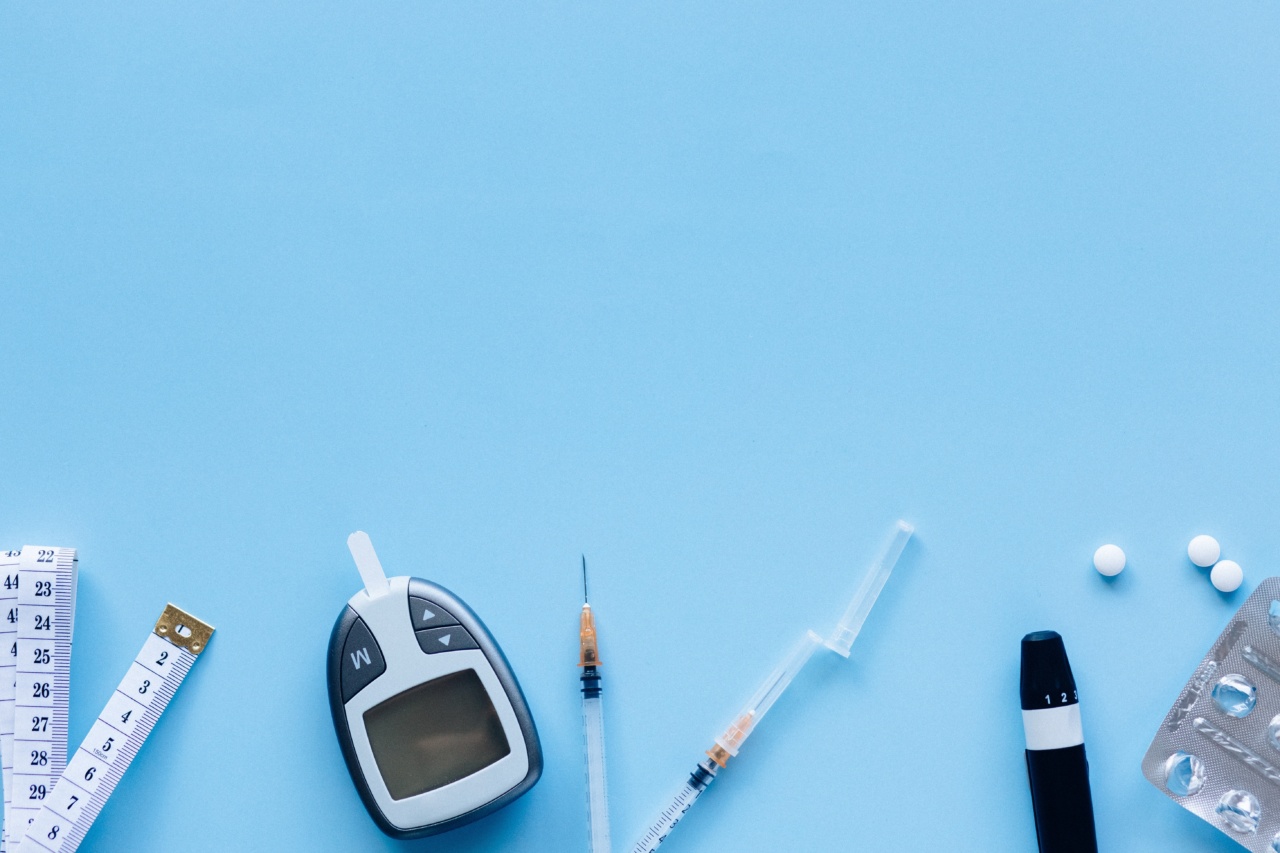Insulin is a vital medication for millions of diabetics worldwide. It helps to keep their blood sugar levels in check and prevent long-term complications.
However, insulin is a delicate substance and must be stored correctly to maintain its effectiveness.
In this article, we will discuss the proper way to store insulin and provide some useful guidelines for diabetics who depend on this medication.
Why Proper Insulin Storage is Crucial
Insulin is a protein that can be easily damaged by exposure to extreme temperatures, light, or incorrect storage conditions.
When insulin is exposed to heat or light, it can break down, lose its effectiveness, and become less effective at controlling blood sugar levels. Additionally, exposure to extreme cold can also damage insulin and make it less effective.
When insulin is stored correctly, it can maintain its effectiveness for up to six months.
However, improper storage can reduce its effectiveness and lead to fluctuations in blood sugar levels, which can lead to complications such as diabetic ketoacidosis (DKA) or hyperglycemic hyperosmolar state (HHS).
Insulin Storage Guidelines
Here are some general guidelines for storing insulin:.
1. Keep insulin in the fridge
Insulin should be stored in the refrigerator between 2°C and 8°C (36°F to 46°F). Insulin can be stored in the door of the fridge, but it should not be stored in the freezer compartment. Freezing can damage the insulin and make it ineffective.
2. Avoid exposing insulin to direct light or heat
Insulin should be kept away from direct sunlight and sources of heat like radiators, ovens, or fireplaces. Heat can cause insulin to become ineffective.
If you use a cooler bag for insulin while traveling, make sure to avoid exposing the insulin to sunlight or other sources of heat.
3. Once insulin is opened, store it at room temperature
Once a vial of insulin is opened, it can be stored outside the fridge at room temperature for up to 28 days. However, the temperature should not exceed 25°C (77°F). If the temperature is higher than 25°C, the insulin may lose its effectiveness quicker.
Generally, the ideal room temperature for insulin storage is between 15°C and 25°C (59°F to 77°F).
4. Do not store insulin in extreme temperatures
Insulin should not be stored in extreme temperatures, whether hot or cold. This includes leaving insulin in a car or outside for extended periods of time. Extreme temperatures can damage the insulin and make it less effective.
Insulin should also not be left in direct sunlight or near sources of heat.
5. Keep insulin away from children and pets
Insulin should be kept out of reach of children and pets. Insulin can be harmful if ingested, and it should be stored in a secure location to prevent accidental exposure.
6. Check expiration dates
Insulin has an expiration date printed on the packaging. Make sure to check the expiration date before using insulin and discard any expired insulin. Expired insulin may be less effective or ineffective, and using it could lead to complications.
7. Avoid shaking insulin
Before using insulin, gently roll the vial or pen between your palms to mix the contents. Do not shake it vigorously, as this can cause air bubbles to form and make it difficult to administer the correct dose of insulin.
8. Keep backup insulin available
In case of emergencies, make sure to keep backup insulin available. Also, before going on long trips or traveling, make sure to carry extra insulin in case of unexpected delays or changes in your travel plans.
Conclusion
Insulin is a vital medication for diabetics, but improper storage can reduce its effectiveness and lead to complications.
By following these storage guidelines, diabetics can ensure their insulin remains effective and helps to maintain their blood sugar levels within a safe range.






























